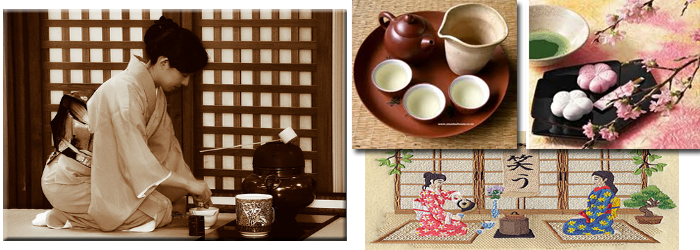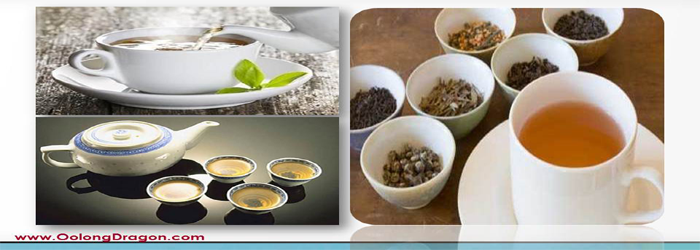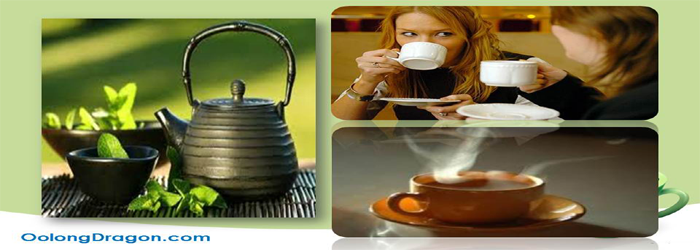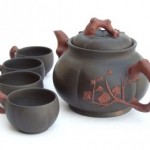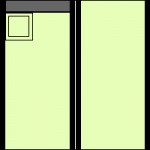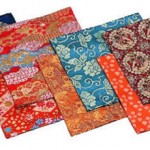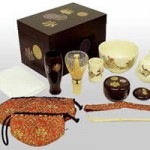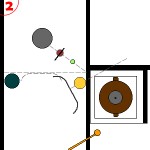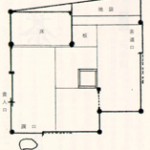The standard number of guests for a small meeting is between 4-5 Shokyaku means guest of honor or the first guest while the the second guest is called a Jikyaku and Kyaku are all other remaining guests. The Tsume, or last guest have a special rank and designated seating in the Chashitsu (tearoom) Because of their […]
Chashitsu Tea Rooms
Different sizes of rooms are named based on the number of Tatami mats inside the room or how they are laid out. A Koma (small room) has four-and-a-half Tatami mats. Features of a tea room: Tatami mats cover the floor. Usually there is an alcove or Tokonoma in the room, but its size may vary. […]
Room Preparation for tea ceremony
Cleanliness before the Tea Ceremony The Chashitsu must be cleaned. Sweeping is done and wiping of the Tatami floor mats. The Roji garden and the stepping stone path leading from the Koshikake-Machiai to the Chashitsu is also cleaned and swept. Evergreen trees, bushes and plants are cut and trimmed to be at their best. Weed and fallen leaves are removed from the […]
Rank of Tea Ceremony Utensils
Choosing which utensils are to be used during a particular tea ceremony would depend on various factors including the season it is to be held and occasion of the gathering which was earlier explained in the topic of seasons of tea. The manner these utensils are handled depends on the occasion and ranking of the […]
Tea Ceremony Equipment for Guests
1. Youji (sweet forks in stainless steel) 楊枝 2. Sensu ( folding fan) 扇子 The Sensu is a very traditional Japanese folding fan used during summer. 3. Kaishi 懐紙 (paper dish or napkin) Kaishi paper is brought by all guests and sometimes by the Teishu (host) himself. A stack of Kaishi paper is also placed at chest level […]
Equipment used during a tea ceremony (temae)
Dōgu refers to equipment used during the tea ceremony. A wide range of dōgu is considered necessary even during a very simple tea ceremony. Following are essential equipment used during a tea ceremony : 1. Chabako ( 茶箱 ) (a box used to keep tea utensils) Chabako utensil box is used when a tea ceremony is […]
Preparing tea
The ritual of tea preparation is very simple; simplicity is one of the defining principles in preparing a bowl of green tea for guests. However, each step of the preparation involves standard movements, and utensils have to be placed at pre-determined locations on the Tatami mat. Preparation styles vary according to the season or the […]
Types of Japanese Tea Ceremony
There are several kinds of tea ceremonies held during the year depending on the time of the ceremony, the occasion for holding the tea ceremony and the current season. The Hatsugama 初釜, meaning “first kettle.” which happens in January This is a unique occasion being the only time that a tea teacher would serve tea […]
History of Japanese Tea Ceremony
Serving of tea in China dates back to as early as the third century but it was in the 17th century A.D. that tea seeds were brought to Japan where they were grown in Buddhist temples and drank by monks for medicinal purposes. Green tea remained a rare and expensive commodity in Japan for centuries. […]

